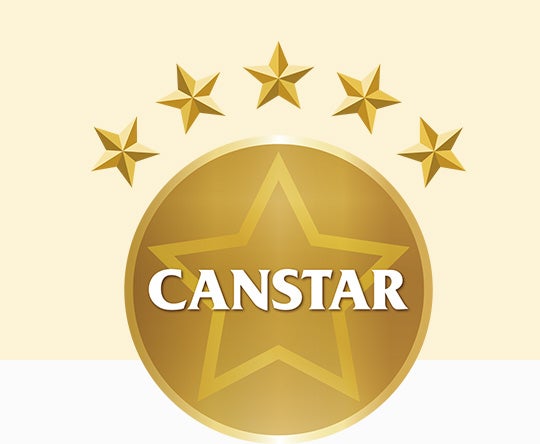
Every product that our expert researchers analyses undergoes a detailed assessment of price and features to determine which products represent great value. The way value based ratings work means that an expensive product that is fully featured could attract five stars but so could a cheaper product with fewer features. What’s more, value based ratings utilise profiles. A product may be rated five stars for one customer but perhaps three stars for a different type of customer with different priorities.
As seen on







